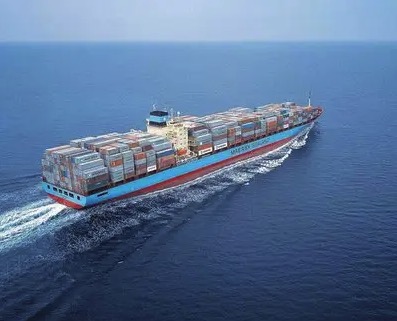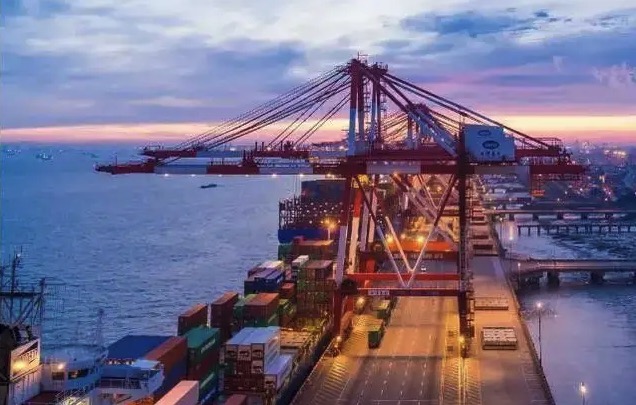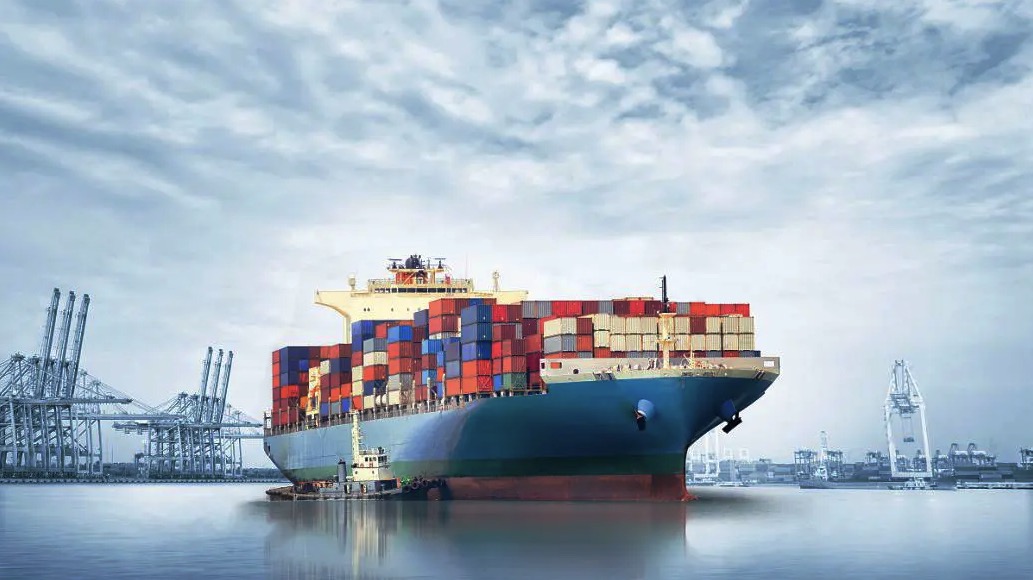Under the epidemic, is there a two-level differentiation in shipping?
Since the outbreak of the epidemic, due to local concerns about the potential spillover of the epidemic, a strict "control game" has been implemented. Under the circumstance of increasing freight policies at various levels, the current national vehicle freight volume has experienced an anti-seasonal decline. With soaring fuel costs and better consumption expectations, the export transportation market in Southeast Asia will become even hotter recently.

In fact, the market's response will always be faster than various market judgments. The most direct manifestation is: since Vietnam opened its entry in mid-March, after half a month of demand brewing, now the shipping route from North China to Ho Chi Minh, some containers The freight rate of the freight has increased by more than 50%; the price of South China-Philippines has also shown an upward trend; the shipping space in Thailand is also very tight. However, from the perspective of domestic shipping routes, the originally high international shipping rates have dropped significantly in the near future!

Previously, industry insiders' judgment on shipping prices was that prices will remain high and volatile in the next two years, but the recent market has ushered in the biggest price drop since 2020. In fact, from the past, supply chain and epidemic prevention It seems that it is difficult to have both the "tightness" of management and control. When the epidemic prevention policy is gradually tightened, the distribution efficiency of domestic suppliers will decline. From the perspective of previous epidemics, this tightness is often in accordance with: inflection point occurs, the policy is gradually relaxed, and delivery is released. The rules go back and forth.

Aside from the current round of the epidemic, there is already a lot of pressure on domestic exports. Since the fourth quarter of last year, exports have faced the dual challenges of a smaller "export cake" caused by the decline in overseas demand, a dislocation of epidemic prevention policies, and a "cake sharing" caused by the return of orders to Southeast Asia.
According to past experience, combined with the judgment that the supply chain may last until early May, the current risk of outflow of orders may aggravate the domestic export pressure in the second and third quarters.













